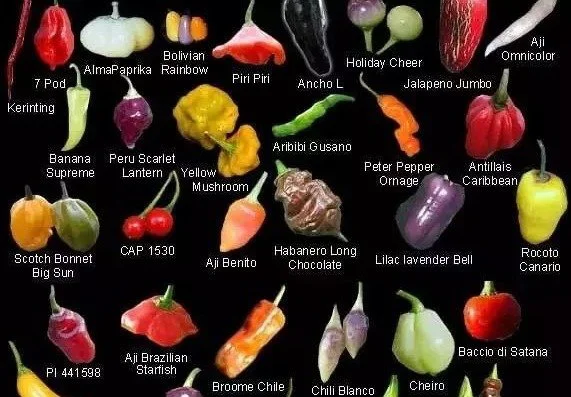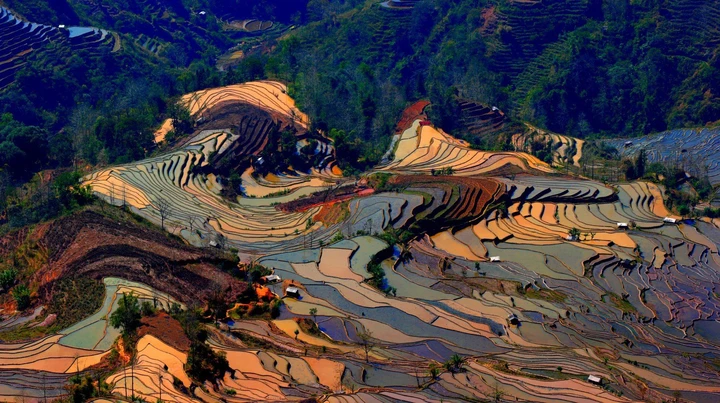Top 10 Vegetables in China
Vegetables are a great source of vitamins, minerals, dietary fiber and phytochemicals. In terms of total production, the top ten vegetables in China are Chinese cabbage, cucumbers, tomatoes, eggplants, onions, garlic, spinach, radishes, beans and peppers.

1: Chinese cabbage
The basic species of Chinese cabbage, Brassica oleracea, originated around the Mediterranean Sea. Brassica was first domesticated in the Middle East, and later introduced to China, where it was gradually cultivated by the Chinese to create a very diverse variety. Chinese cabbage was domesticated more than 500 years ago. Chinese cabbage is native to northern China and is now widely cultivated in the north and south.
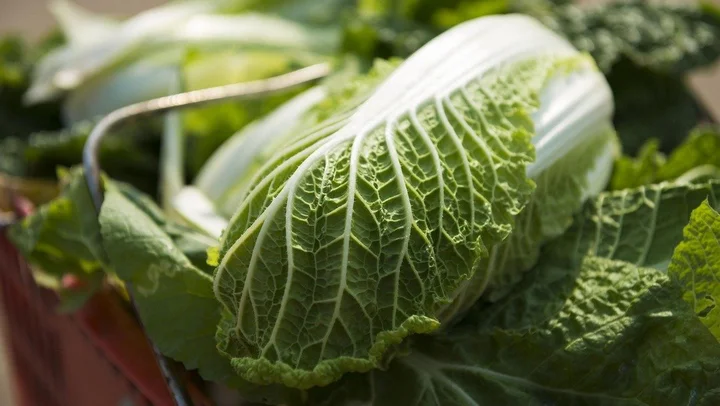
2: Cucumber, Cucurbitaceae
Cucumbers are native to India and have been cultivated for more than 3,000 years. Cultivation has been recorded in ancient Egypt since 1750 BC and spread to ancient Rome and Greece in the centuries BC. It was introduced to West Asia and North Africa in the 1st century AD, then gradually expanded to northern Europe, and was introduced to France and Russia in the 9th century. During the Western Han Dynasty, Zhang Qian introduced it to the Central Plains when he was on a mission to the Western Regions, and was called "Hugua". Another route was introduced to South China via Myanmar and the India-China border, where it was domesticated. The Spanish introduced cucumbers to the New World in 1494.
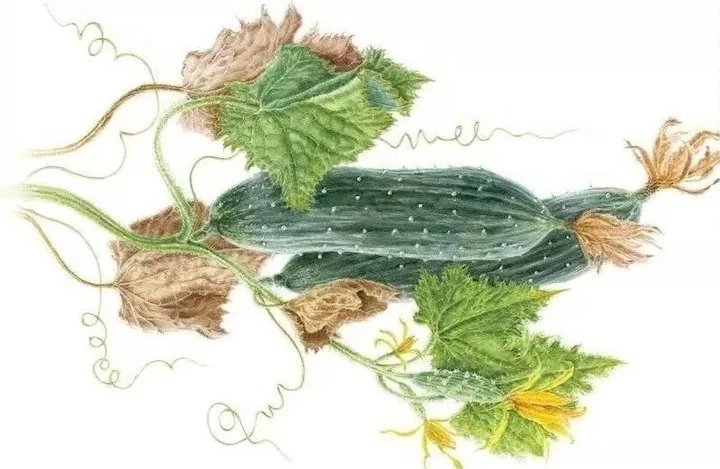
3: Tomato
Tomato originates from a red-fleshed gooseberry tomato found in the Andes of South America in Chile, Ecuador and Peru. Nearly three thousand years ago, the people of the Aztec Empire incorporated it into their lives, medicine and cooking. The Spanish took the tomato out of the Andes in the early 16th century and then introduced it to Europe. At first, Europeans generally believed that tomatoes were poisonous, and more of them regarded it as an ornamental plant. Tomatoes back then were similar to today's cherry tomatoes (cherry tomatoes), and underwent a stronger domestication between the 18th and 19th centuries before eventually becoming the tomato we see today.
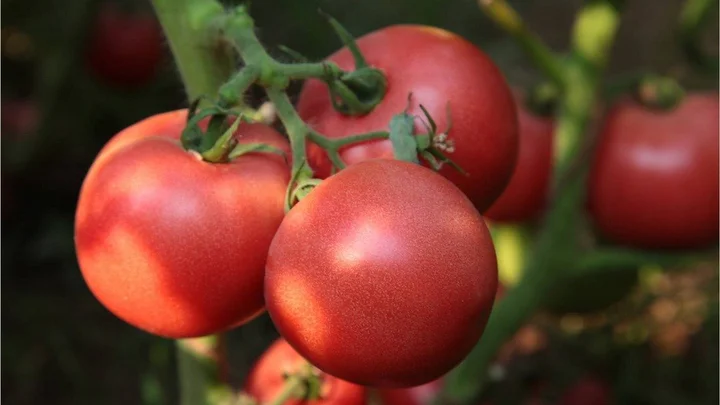
4: Eggplant
Eggplant is a nightshade vegetable. Originally produced in South Asia, it was domesticated from the thorny and bitter wild yellow water eggplant in ancient India and spread to all parts of the world. After being first domesticated in ancient India, it was introduced into China and further domesticated. China has a long history of cultivating eggplants with various types and varieties. In ancient Chinese books, we can clearly see the domestication process of eggplant from small to large, from round to long, from bitter to sweet during the centuries-long domestication process.
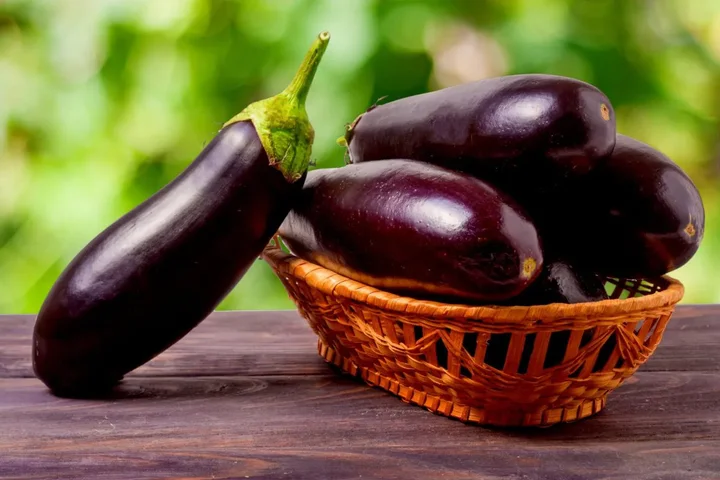
5: Onion
Onion is a common plant of the Amaryllidaceae family of Alliums. Onions originated in the highlands of West Asia, Iran and Afghanistan. With a history of more than 5000-7000 years, it is one of the earliest vegetables grown by human beings. From the records of the ancient Egyptians who built the pyramids to the Old Testament in the Bible, there are records of people eating onions. It spread to Egypt in 1000 BC, and later to the Mediterranean region. It was introduced to North America in the 16th century and to Japan in the 17th century. The 18th century "Lingnan Miscellaneous" records that onions were first introduced to Macau from Europe, and then to Guangdong.
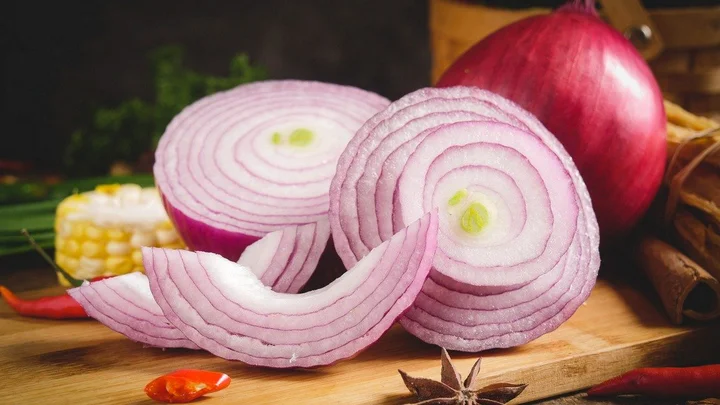
6: Garlic
Garlic is the underground bulb of the Amaryllidaceae Allium plant. Garlic was probably bred and domesticated in Central Asia, where the Tianshan Mountains are considered the center of the world's garlic origin. There are records of garlic cultivation in Egypt 5,000 years ago, and there are also records in ancient Rome and ancient Greece. Garlic was introduced into the Guanzhong area of Shaanxi from the Western Regions by Zhang Qian in the Han Dynasty, and later spread throughout the country. China is one of the countries with the largest garlic cultivation area and production in the world. Garlic is also known as "Husuan" because it comes from the Western Regions. Around the beginning of the 9th century, garlic was introduced to Korea and Japan from China. In the early 16th century, garlic was brought to regions such as South America and Africa. In the late 18th century, garlic was introduced to North America again.
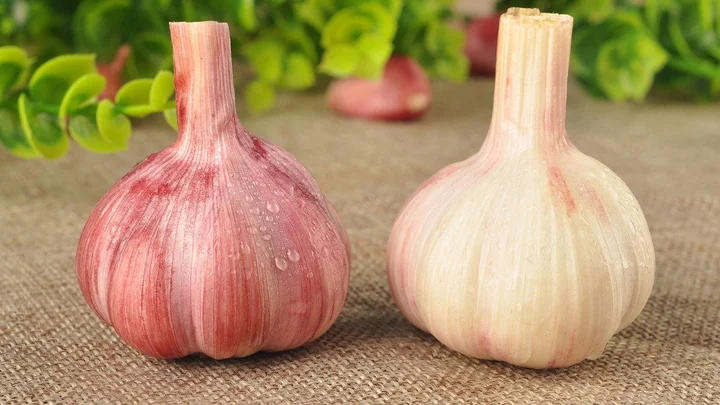
7: Spinach
Spinach is a plant in the Amaranth family and is believed to have originated in ancient Persia. Possibly introduced to China from Nepal around the seventh century, it is known as "Persian cuisine" (now called spinach). Spinach was introduced to Sicily in 827 AD. Spinach first appeared in written records in the Mediterranean in the 10th century, becoming a popular local vegetable and reaching Spain in the late 12th century. Spinach cultivation began in Germany in the 13th century. Spinach first appeared in England and France in the 14th century.
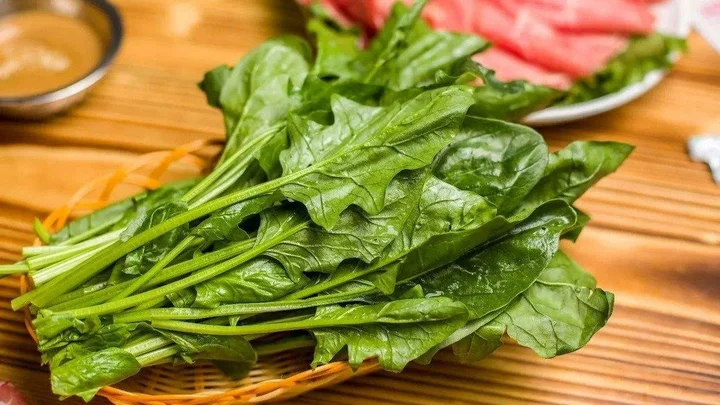
8: Radishes
Radishes are plants of the cruciferous family radish. They are widely distributed around the world, but there are hardly any archaeological records that determine their early history and domestication. Scientists have discovered the only wild-type Raphanus sativus in Southeast Asia, with India, central China and Central Asia appearing to be secondary centers of origin. Turnips first appeared in historical records in the 3rd century BC, and some details of the variety were recorded in Greece and Rome in the 1st century AD. Radish was also one of the first European crops to be introduced to the Americas.
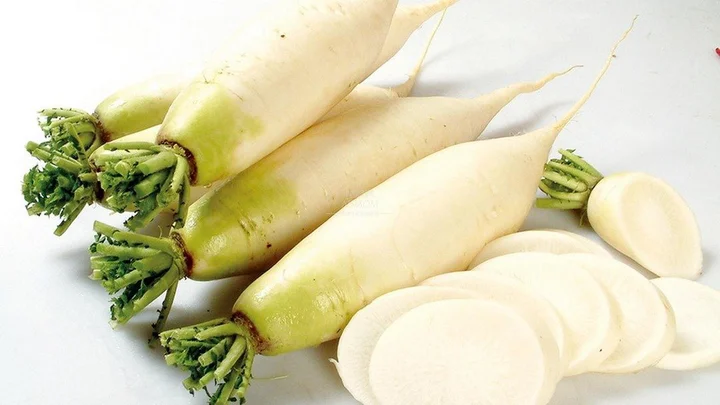
9: Leguminous Vegetables
Leguminous Vegetables belong to the legume family, mainly including kidney beans, beans, edamame, peas, broad beans, lentils and sword beans. Beans are one of the first plants domesticated by humans. Beans collected by humans were unearthed at archaeological sites along the Mediterranean coast 6,000 years ago. The legumes referred to today can be roughly divided into broad beans, peas, cowpeas, etc., originating in Asia, Africa and Europe, and edible beans such as kidney beans and kidney beans originating in the New World America. Colonists spread all over the world.
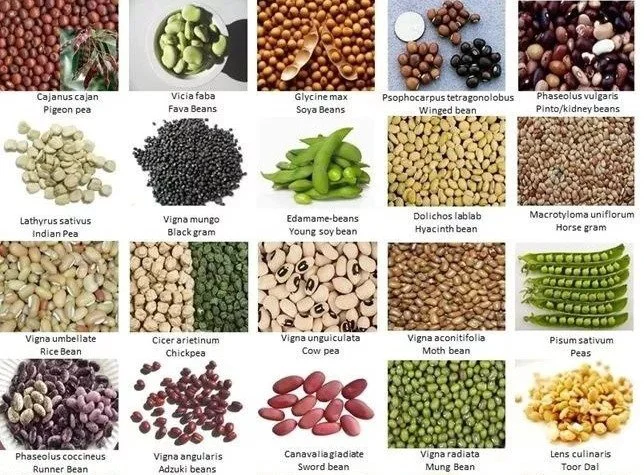
10: Capsicum
Capsicum, a plant of the Solanaceae capsicum genus, is native to the tropical regions of Central and South America, and was first domesticated in the Tehuacan Valley in southeastern Mexico. From Mexico to Peru, ancient Indians domesticated chili peppers and used them for cooking for 7,500 years. A range of archaeological evidence unearthed in Ecuador indicates that the Americans cultivated peppers by the 6th millennium BC. The Spaniards brought them back to Europe, and later, with the Portuguese trade fleet, they flowed into India, China, Japan and South Korea, and finally all over the world.
